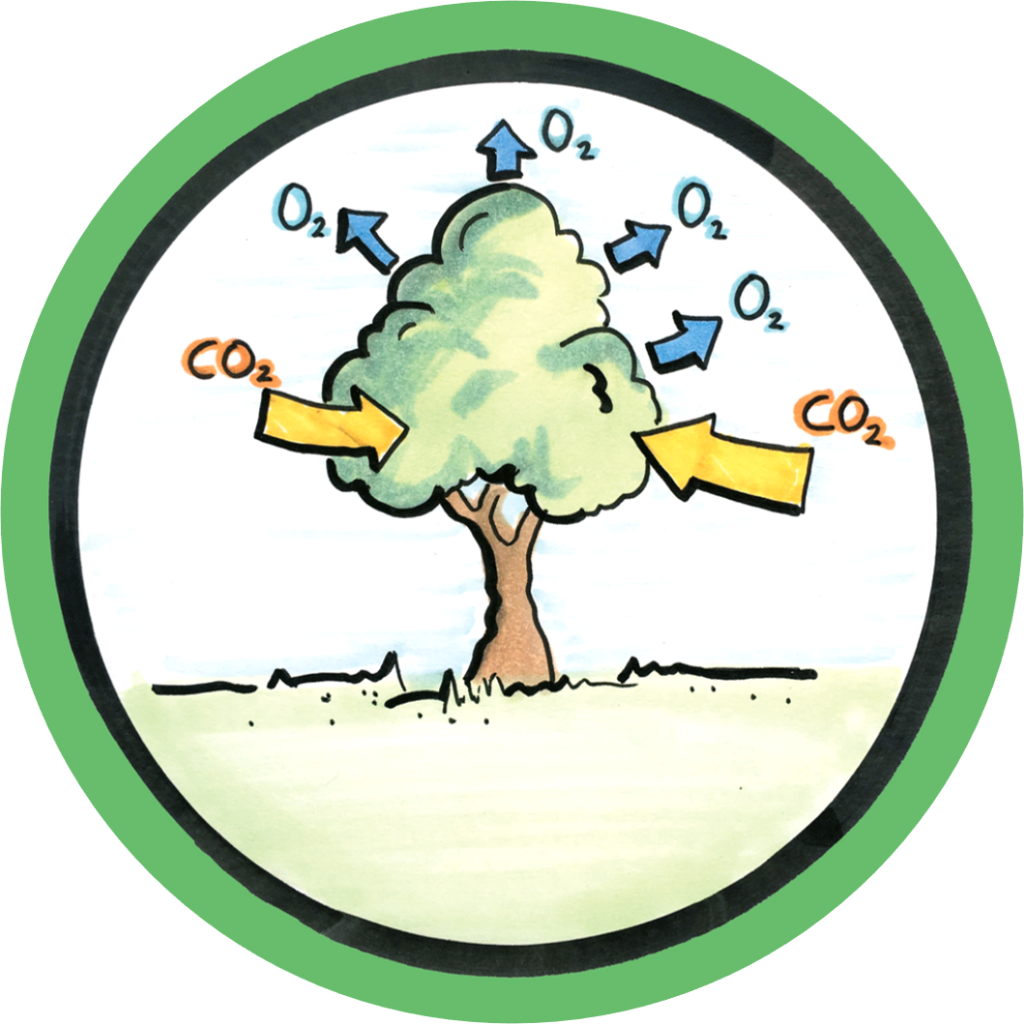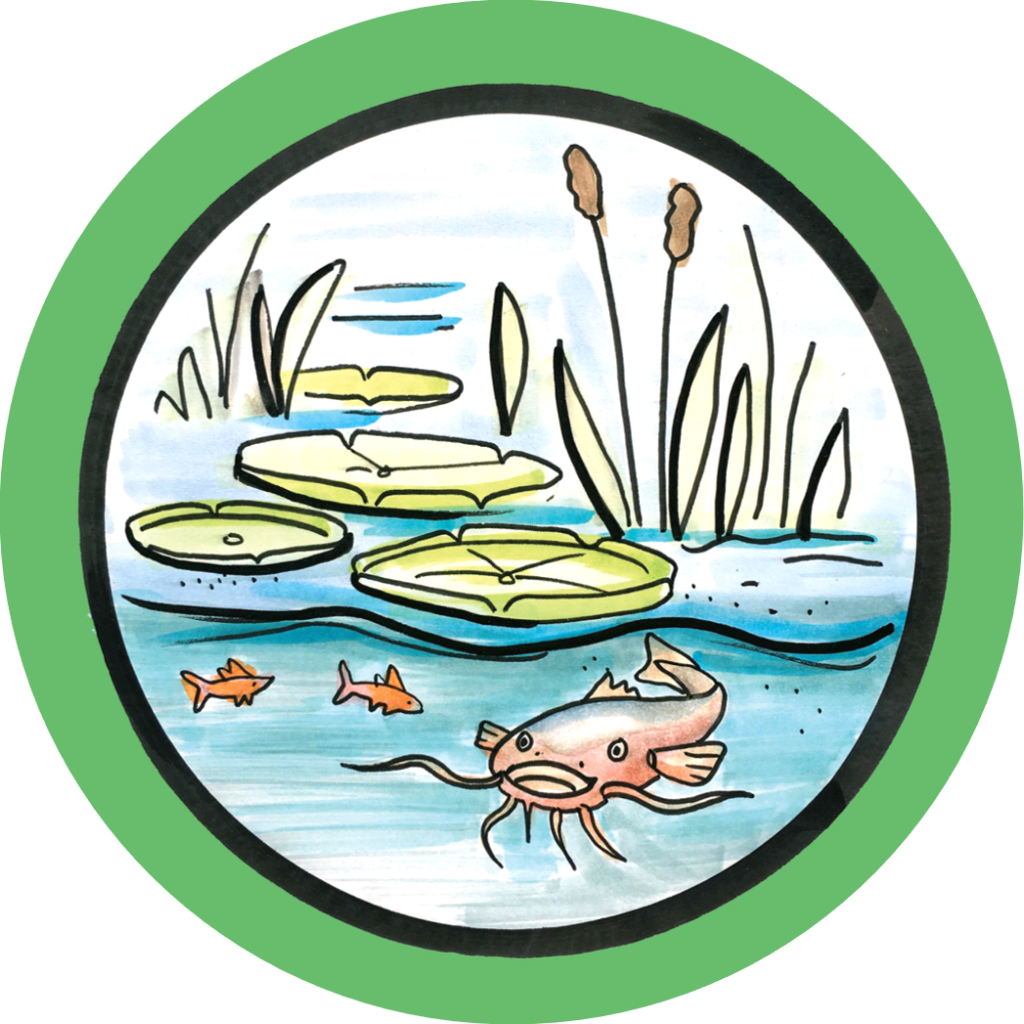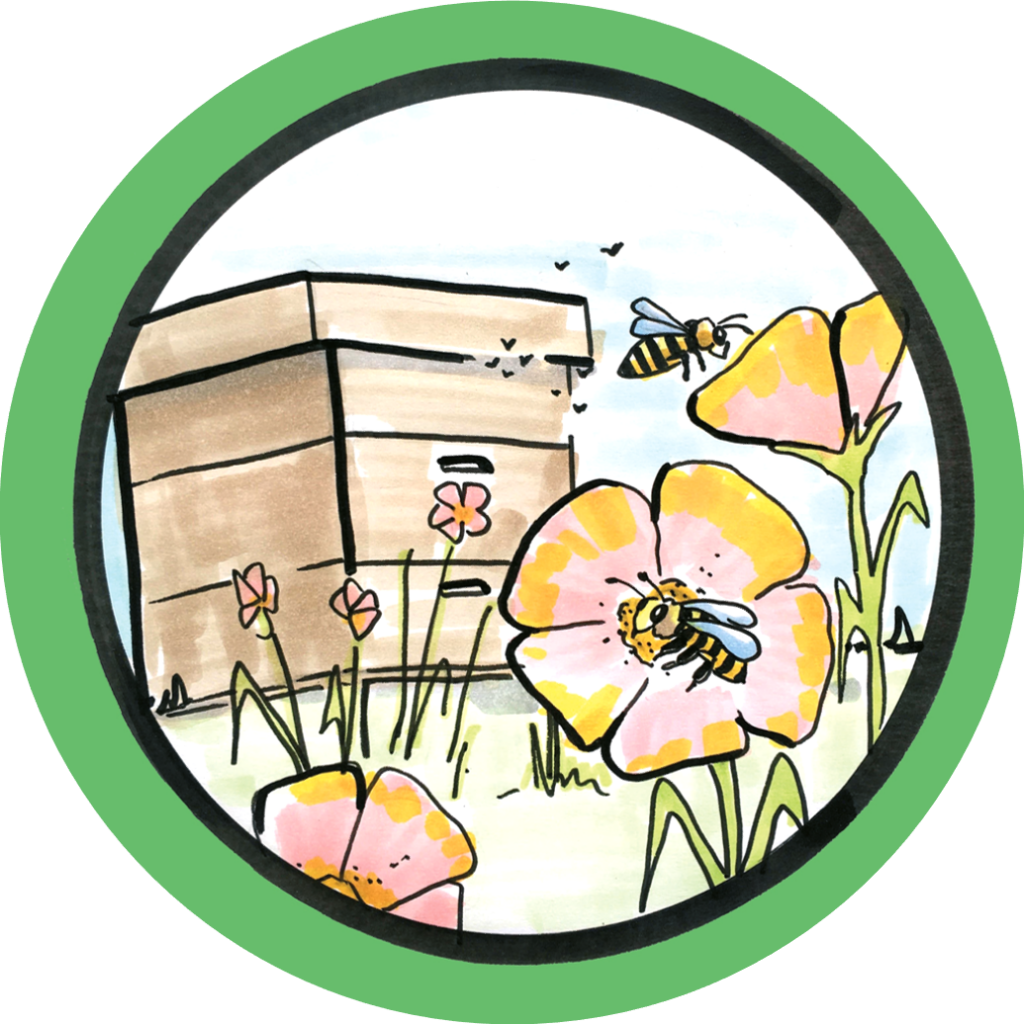Climate regulation

Regulating carbon capture and storage
As trees and plants grow, they filter carbon dioxide from the atmosphere (sequestration) by absorbing and storing it in their tissues.

Regulation of air quality
Trees and other plants play an important role in regulating air quality by removing pollutants from the atmosphere thereby improving human well-being.

Shade and temperature regulation
Trees and vegetation cool surface and air temperatures by providing shade through evapotranspiration.





